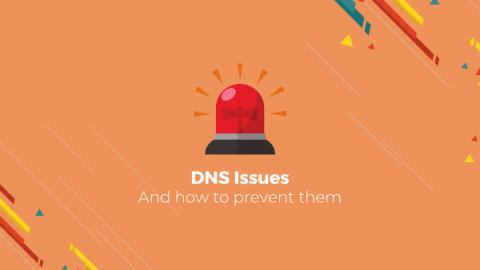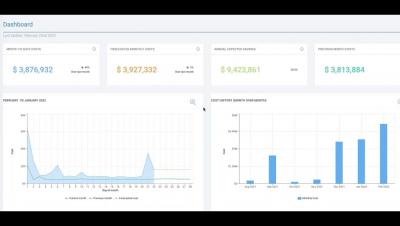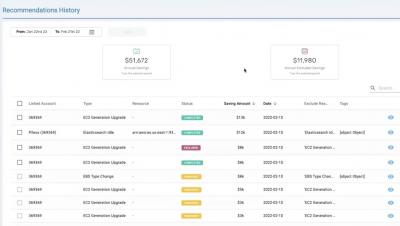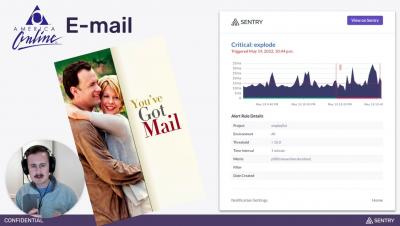Developing a Data Breach Incident Response Plan
With cybersecurity boundaries going beyond the traditional walls of an office and attack surfaces constantly expanding, data breaches are inevitable. Managing risks from data breaches requires organizations to develop a comprehensive incident response plan – an established guideline that facilitates incident detection, response and containment, and empowers cybersecurity analysts to secure a company’s digital asset.









